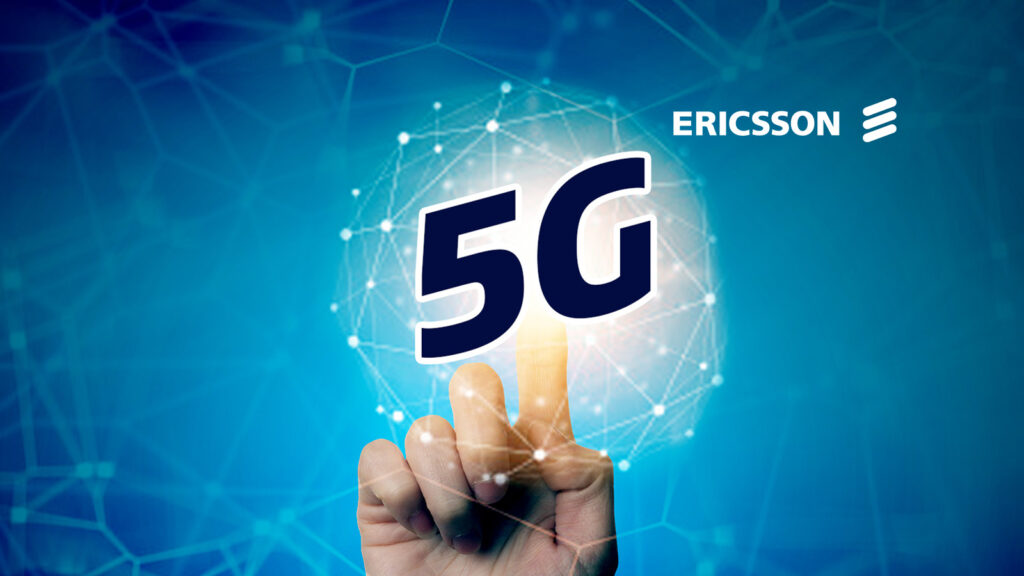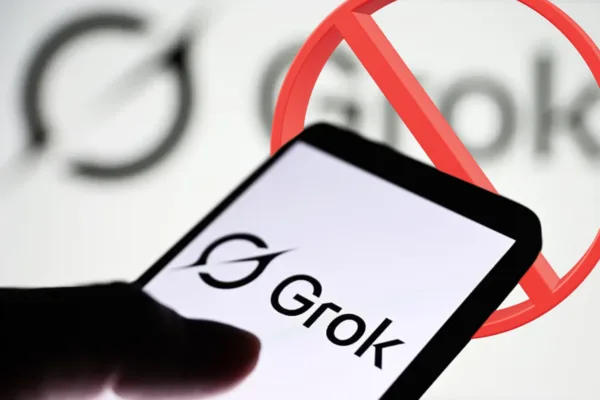- Global 5G subscriptions are forecast to top 5.3 billion by the end of 2029
- Continued strong surge in average data consumption per smartphone in Southeast Asia and Oceania – predicted to increase from 24GB/month to 66GB/month between 2023 and 2029
- 85 per cent of the global population to have 5G coverage access by the end of 2029
Ericsson (NASDAQ: ERIC) today announced the result of its latest Mobility Report, where it was revealed that by the end of 2023, almost one out of five of all global mobile subscriptions will be 5G subscriptions. What’s more interesting is that this growth has proven resilient despite continued economic challenges and geopolitical unrest in some markets.

IMAGE CREDIT: https://aic-prestigeinspirefoundation.in/
The statistic, which is featured in the November 2023 edition of the Ericsson Mobility Report (EMR), also estimates that there will be 610 million new 5G subscriptions for the calendar year 2023 – a 63 per cent increase compared to 2022 – thus, bringing the global total to 1.6 billion or about 100 million more than what has previously been predicted.
The latest report – the twenty-fifth edition – has a new upper timeline for statistical forecasts, moving from 2028 to 2029. In line with recent editions, the November 2023 report confirms enhanced mobile broadband, fixed wireless access, gaming and AR/VR/-based services as the most common early consumer use cases for 5G.
Regionally, the uptake of 5G subscriptions in North America continues to be strong. By the end of 2023, the region is expected to have the highest 5G subscription penetration globally at 61 per cent. 5G subscription growth has also been strong in India throughout 2023. At the end of 2023 – fourteen months after its commercial launch – 5G penetration is expected to have topped 11 per cent in India.
In the six years between the end of 2023 and 2029, global 5G subscriptions are forecast to increase by more than 330 per cent – from 1.6 billion to 5.3 billion. 5G coverage is forecast to be available to more than 45 per cent of the global population by the end of 2023 and 85 per cent by the end of 2029. North America and the Gulf Cooperation Council are expected to have the highest regional 5G penetration rates by the end of 2029 at 92 per cent. Western Europe is forecast to follow at 85 per cent penetration.
“With more than 600 million 5G subscriptions added globally this year, and rising in every region, it is evident that the demand for high-performance connectivity is strong. The roll-out of 5G continues and we see an increasing number of 5G standalone networks being deployed, bringing opportunities to support new and more demanding applications for both consumers and enterprises,” says Fredrik Jejdling, Executive Vice President and Head of Networks, Ericsson.
The global average data consumption per smartphone keeps growing. Total mobile data traffic is estimated to grow threefold between the end of 2023 and the end of 2029 – attributed to factors such as improved device capabilities, an increase in data-intensive content and continued improvements in the performance of deployed networks.
For his part, Peter Jonsson, Executive Editor of Ericsson Mobility Report, Ericsson, says, “The rate of data growth in mobile networks clearly reflects consumers’ passion for enhanced mobile broadband-related applications. This trend will increase in pace as more consumers worldwide embrace 5G and new use cases emerge, triggering further growth in data traffic. As most traffic is generated indoors, where people typically spend most of their time, there is a growing need to extend 5G mid-band coverage both indoors and outdoors to ensure a comprehensive 5G experience in all locations. “
5G mid-band combines high capacity with good coverage, making it an ideal choice for delivering the full 5G experience. Global 5G mid-band population coverage is currently more than 40 per cent, an increase from 30 per cent in 2022. The increase is mainly driven by large mid-band deployments in India, but also several mid-band deployments in Europe.
The report also explores wireless connectivity for the manufacturing industry, how 5G is becoming a key determinant of production output and how it enables the agility required to support rapid changes and reallocation of resources.
Southeast Asia Highlights: 5G subscriptions will reach around 550 million in Southeast Asia and Oceania by the end of 2029. Beyond creating the initial 5G infrastructure in the region, the focus of the service providers is towards diversifying service offerings for both consumers and enterprises. Enhancing customer experience, expanding network coverage and promoting digital transformations for businesses remain top priorities across the region.
Mobile data traffic per smartphone continues to grow strongly in Southeast Asia and Oceania and is expected to reach around 66GB per month in 2029 from 24GB per month in 2023 – a CAGR of 19 per cent.
The November 2023 Ericsson Mobility Report includes three in-depth articles:
- Large-scale 5G SA deployment to drive digital transformation in India.
- Demand for indoor connectivity driving the need for enhanced performance.
- 5G-enabled agility in gigafactories and green steel plants
The Ericsson Mobility Report has been the key industry reference source for network data, performance, statistics, and forecasts since its launch in 2011. Based on unique Ericsson and partner global network insights.








